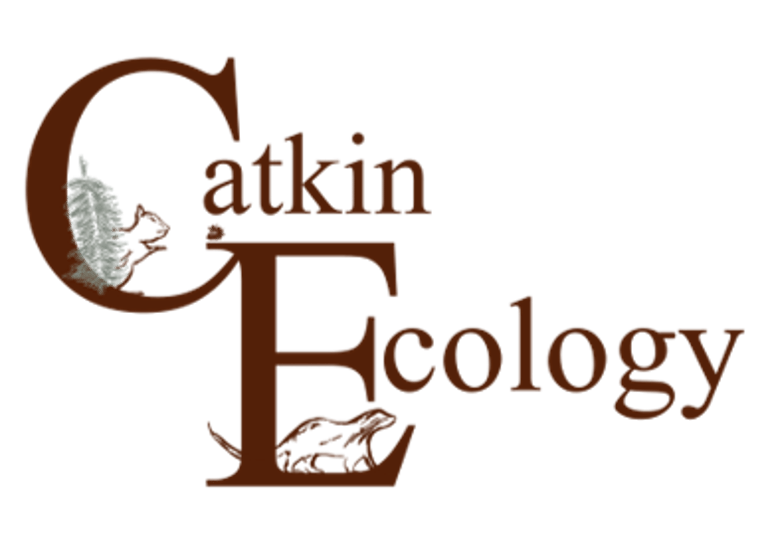The Red, The Green and The (Rock) White(beam)
A recent visit to the 67-year-old exclosure at Creagan Ruadh, Beinn Eighe NNR.
LONGER READS
Innes Manders
11/3/20242 min read
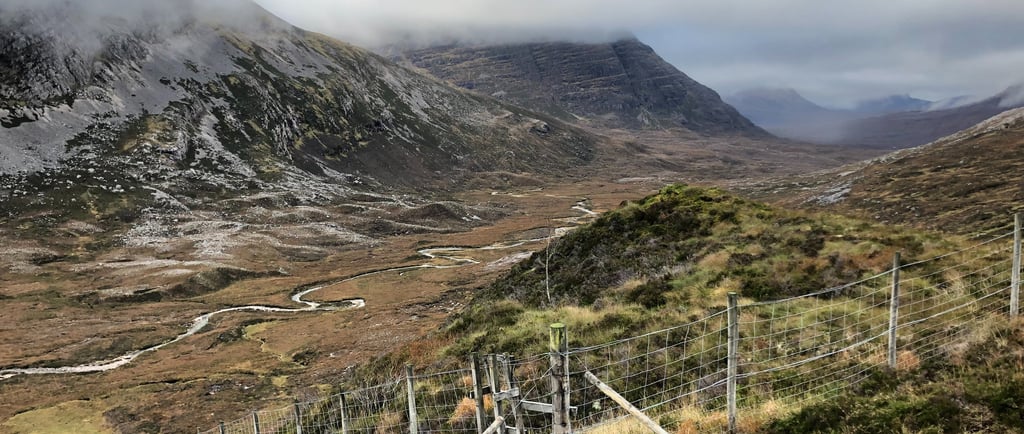

Creagan Ruadh, The Red Crag, is an odd name for what is now an island of green in a sea of autumn's red, heather (Calluna vulgaris) and deergrass (Tricophorum germanicum). Perhaps it goes to show that this kind of rich, tall herb community, is not something which has been seen here in a very long time.
This area is green because it has been fenced off for over 65 years, allowing a rich mosaic of tall herbs, foliose lichens, and even a few trees to survive the relentless pressures of deer.
The exclosure was was built in 1957, at a time when Beinn Eighe National Nature Reserve was still in its infancy, Donald McVean was a young ecologist trying experimental Scots pine seeding techniques, and NatureScot wouldn't even be SNH for another 35 years. It's exactly three times older than I am.
Today, there is no sign of the Scots pine (Pinus sylvestris) once found here, but though the site is very exposed, there are many healthy rowans (Sorbus aucuparia), some eared willow (Salix aurita) and a single downy birch (Betula pubescens). There's even a holly (Ilex aquifolium)!
Impressive as that may be, I'm here to get a glimpse of one of the upland's rarest tree species: rock whitebeam (Sorbus rupicola).
These lime-loving plants are able to grow here due to the thin band of exposed c. 450 million-year old limestone formed in the Ordovician.
About now I start to realise that I should have come sooner. Not 450 million years ago. Not even 67. But at least in the summer.
At this time of year (and with a little too much enthusiasm), every rowan looks like a rock whitebeam until I'm next to it, and I'm left scrambling at their feet for discarded leaves to confirm my disappointment. Here I find a surprisingly bushy assortment of common dog lichen, Peltigera membranacea.
Eventually, I track down a rock whitebeam! It's looking a bit worse for wear, clinging on to a precarious existence up here.
The second, somewhat spooky, individual is dead.
I do find another, bushier plant, which is at least a little reassuring. But it's not much.
But then again, things have changed.
Now, extensive deer management across the reserve may give some of these plants a chance to recover outside of the fenced area.
It's exciting that landscape scale restoration is happening now, not just here, but at a number of sites across the Highlands, that 67 years has been enough for us to learn that we can only do this effectively on a large scale.
But there are still only two ongoing mountain woodland restoration projects North of Inverness (see Sarah Watt's mapping work). And this is one half of that sum.
And as far as I'm concerned there's certainly room for a lot more rock whitebeam.
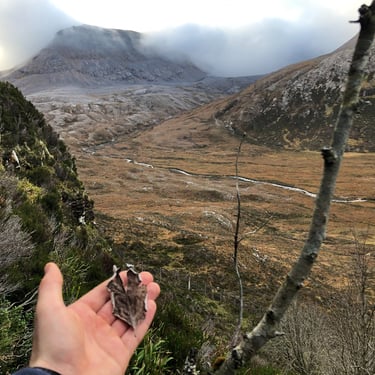
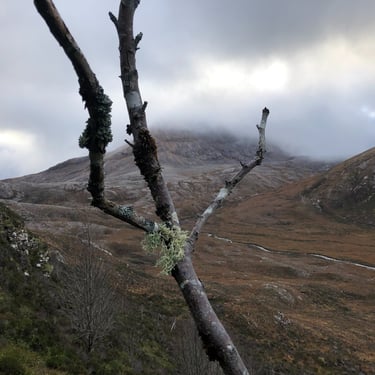
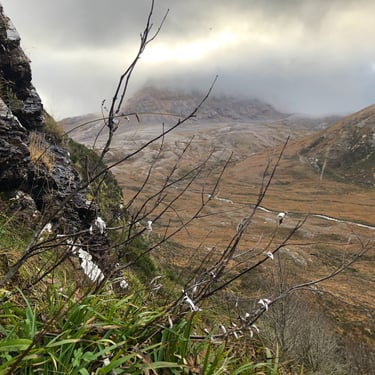

Catkin Ecology
Finding Scotland's missing habitat
CONTACT US
info@catkinecology.co.uk
+44 7918 024809
© 2025. All rights reserved.
